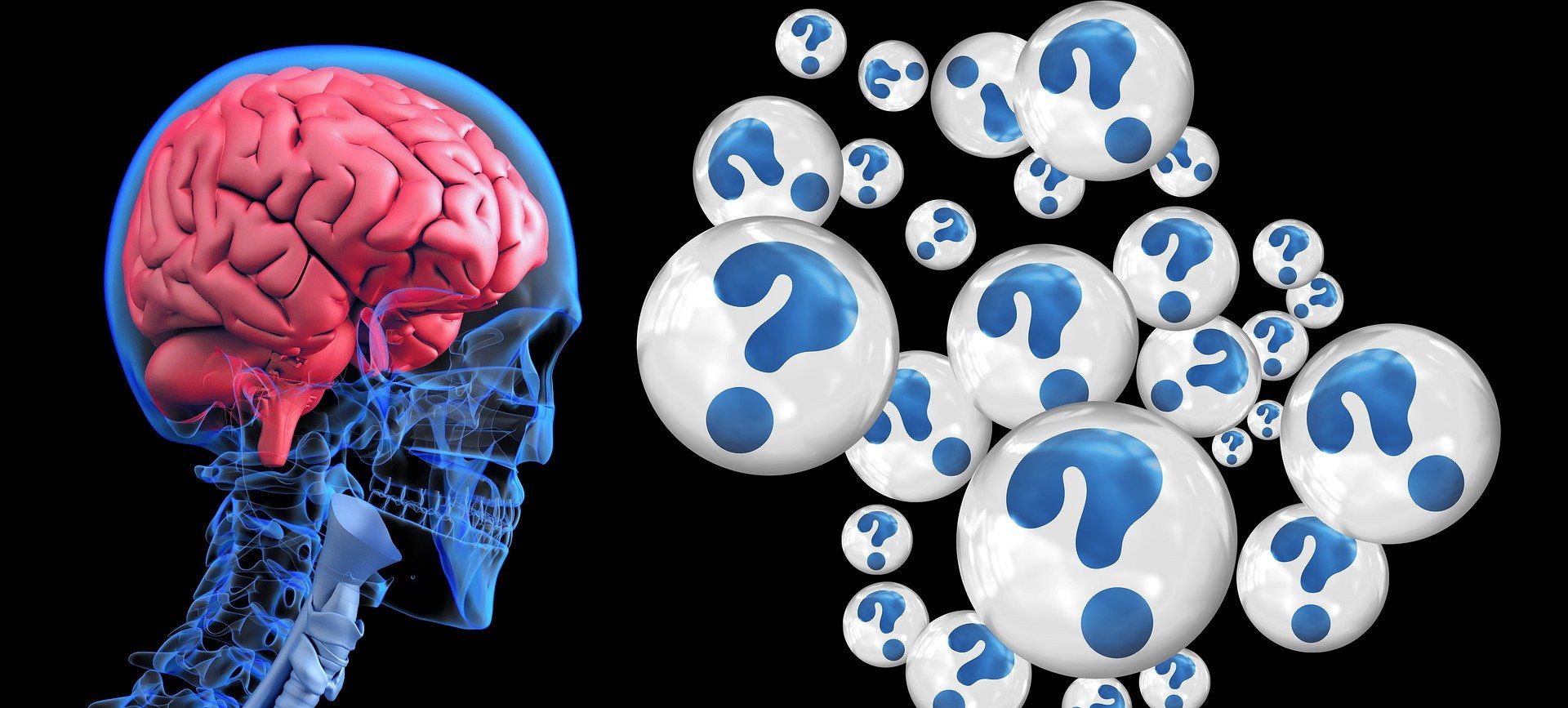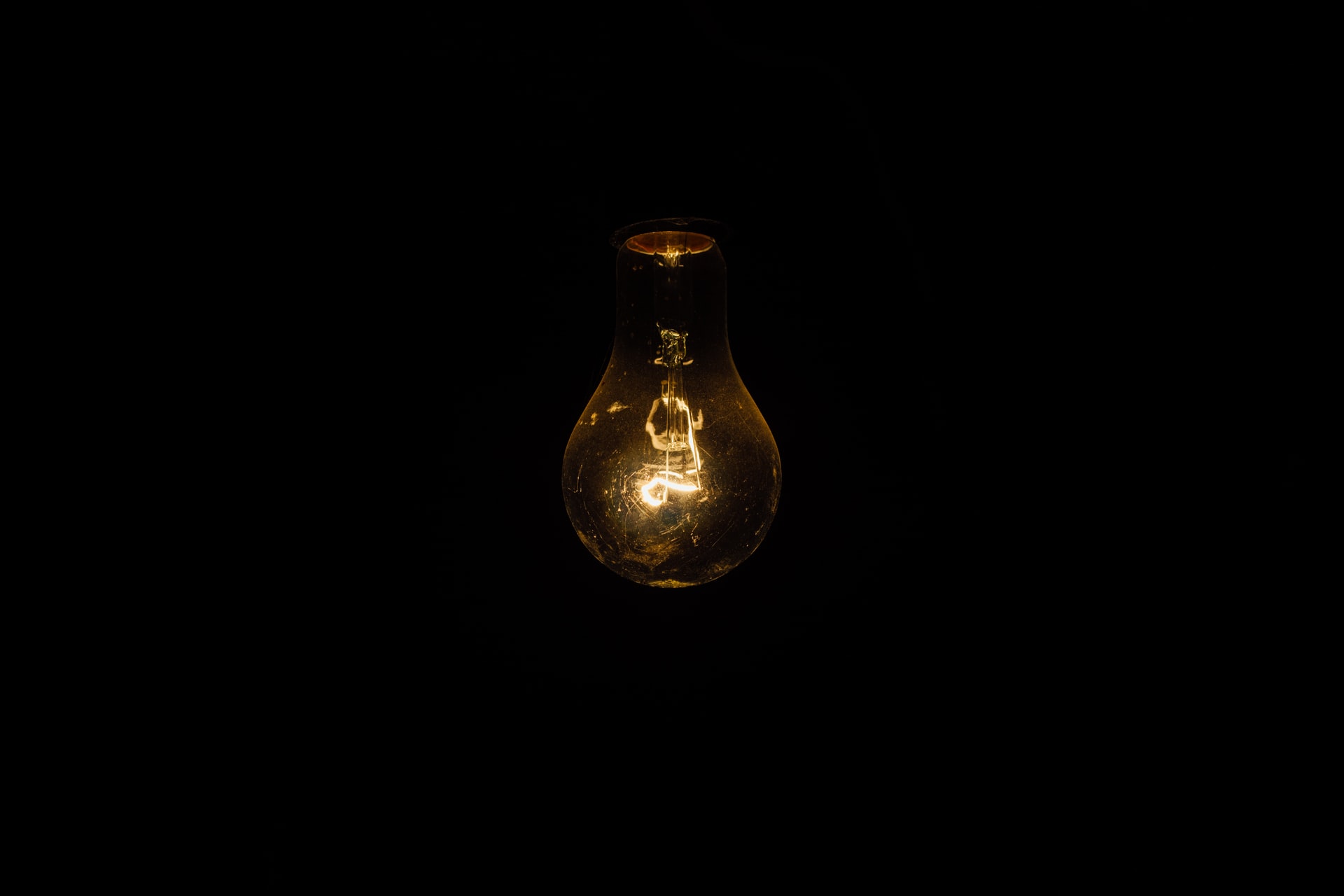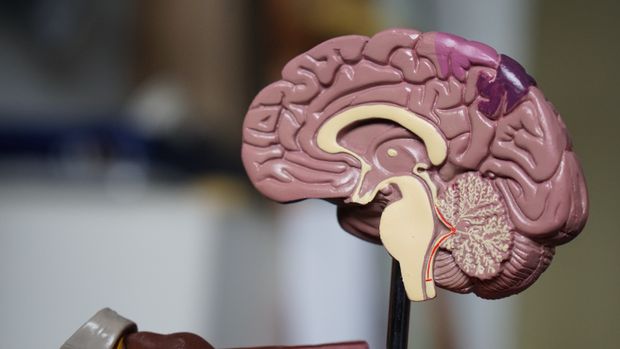It’s no secret that our brains are some of the most complex and fascinating organs on the planet, and that they require a tremendous amount of energy. Indeed, that's why you feel so hungry after an intense Brainscape study session, why you need fat in order for your brain to function, and more!
Let's take a look at some other interesting facts about your brain that will help you better understand the miracle that is human consciousness. And if you really want to geek out on brain facts, check out Brainscape's package of adaptive mobile flashcards about the brain.
25 facts about your brain and gray matter
Your brain plays a role in everything you do, from writing a sonnet to scratching your ear. But you likely don’t spend much time on a daily basis thinking about what’s really going on up there.
You may not be conscious of it, but your brain is actually a very busy organ that stores memories, reacting to stimuli with incredible speed, running all your basic bodily systems and even helping you feel plain and pleasure.
Even if you’re not majoring in the biological sciences, learning more about the brain can just be incredibly interesting and perhaps even entertaining. Hopefully, these fascinating facts about your brain that might just motivate you to give it the respect and TLC it deserves.
1. Your brain is mostly water
The human brain is squishy and jelly-like because it’s filled with a whole lotta liquid. The average brain is about 77% to 80% water. A large part of that water actually comes from your blood, since gallons of blood is moved through the brain every couple of minutes.
2. The cerebellum contains most of the brain’s neurons
The cerebellum is that little mini-brain at the bottom. Even though the cerebellum makes up less than 10% of the brain’s total volume, it’s home to the majority of the brain’s neurons, with estimates suggesting that as much as 50% of the brain’s total 100 billion neurons are found in this region.
This is largely due to the structure of the cerebellum, which is filled with a great number of tiny granule cells (a very small type of neuron) and is more tightly wrinkled than many other areas of the brain.
3. But the neocortex is the most massive part of the brain
Your cerebellum might be packed with neurons but when it comes to overall mass, your neocortex is the heavyweight gray matter champion of the brain. The neocortex controls language and consciousness, among other things, so it’s not a big surprise that it makes up 76% of the brain’s mass.
Another fun neocortex fact? While the human neocortex is much larger than that of any other animal, affording us unique mental capacities, its structure is more similar to primitive human ancestors and other primates than other regions of the brain are.
4. The left hemisphere of the brain has more neurons than the right
The brain isn’t perfectly symmetrical when it comes to how it distributes its neurons. In fact, on average the left hemisphere has 186 million more neurons than the right.
Why the difference? In most people, the left hemisphere is the dominant hemisphere, controlling our language skills and helping predispose most people to right-handedness. Very few people are truly right-brain dominant.
(For more about the difference between left brain and right brain dominance, check out the linked article!)
5. Your brain is an oxygenoholic
When it comes to oxygen, your brain just can’t get enough. Even though it makes up less than 2% of your body weight, the brain consumes a whopping 20% of the oxygen in your bloodstream.
The brain splits that oxygen up between white and gray matter, with white matter getting just 6% and gray matter taking in a hearty 94%. Take that oxygen away and the brain will start to incur irreversible damage after only four to six minutes.
6. Brains use a hefty portion of the body’s energy
Your brain is hungry, hungry, hungry and it takes the lion’s share of your body’s resources to keep powered up. On average, the brain uses about 20% of your body’s total energy and up to 25% of total glucose to stay in peak form, much more than any other single organ in your body.
The brain needs that energy to send electrical impulses throughout the body, maintain unconscious activities, and to perform cell maintenance. So you shouldn’t feel too bad; your other organs rely on it to pig out on energy.
7. After age 30, your brain starts to shrink
Once you hit that infamous 30-year-old milestone, your beautiful brain will start to slowly shrink down. Not to worry, however, as it only decreases in mass about .25% a year, so you’ll have plenty of brain to get you through your golden years. Some new studies are even showing that those who keep their brains in shape can avoid shrinkage altogether.
8. Your brain grows in size, but the number of cells stays the same
The human brain grows in size throughout childhood, and generally reaches its full size at about 6 years of age. Yet despite sometimes rapid growth in size (a newborn’s brain will triple in volume within the first year), the brain doesn’t see an increase in the number of brain cells. That number stays fairly constant throughout life.
9. A fat brain is a healthy brain
While you might not want some extra weight hanging around your middle section, when it comes to your brain, it’s a good thing. The brain is the most fatty organ in the body (60% of the brain’s tissue is fat tissue) and you want it to be!
Your brain fat is necessary to insulate neurons and allow messages to travel through the brain and the body without getting lost. So the next time someone calls you a fathead, tell them you’re glad they noticed how healthy your brain is.
10. Your brain doesn’t feel pain
Despite your brain very loudly letting you know when you’ve stubbed your toe or sustained another kind of painful injury, the brain tissue itself doesn’t contain pain receptors and thus can’t feel pain. This unique feature makes it possible for brain surgery to be performed on individuals while they’re awake, as they cannot feel any cuts or manipulations made to the brain.
11. Humans use much more than 10% of their brains
It’s unclear where this myth about the brain came from, but it’s certainly a pervasive one despite being almost entirely wrong. While there are certain times when only 10% of the brain is functioning (when we’re completely at rest, though not sleeping), generally every part of your brain will be used at some point throughout the day.
So while all your brain’s circuits may not be firing at once at every moment of the day, over a 24-hour period you’ll use a full 100% of your brain to think, remember, and function.
12. The human brain has amazing raw computational power
If the human brain were translated into electronic bits and circuits, it would be the most amazingly powerful computer ever built. Scientists estimate that the brain can process somewhere between 10 to the 13th and 10 to the 16th operations per second; that's an amazing amount of raw computational power. No computer built today can even come close to that kind of power.

13. Your short-term memory has a low capacity
Ever wonder why you forget something you were just thinking about so quickly? It has to do with the capacity of your short-term memory, which is surprisingly low. Most people can only remember five to nine items at a time, though most average out at seven. This low limit on our short-term memory is why most phone numbers only have seven digits, otherwise, we’d have a lot of trouble recalling them.
14. The human brain consists of about 60% white matter and 40% gray matter.
You might think that the brain is mostly gray matter, as it certainly looks that way, but in actuality there is more white matter in the brain.
White matter is the infrastructure of the brain and includes the long nerve axons and their protective layer of fat, called myelin. Gray matter, on the other hand, is composed of the neurons themselves.
Scientists have long thought that white matter didn’t play an active role in the brain, but new research has shown that this is untrue and that white matter actively affects both how the brain learns and how it dysfunctions.
15. Your eyeballs are hardwired to your brain
While they’re not a part of your brain proper, your eyeballs are actually an extension of your brain. If someone were to try to remove your brain, your eyeballs would come with it.
This is because the eyes are hardwired by nerve fibers to the occipital lobe, a part of the brain responsible for sight information. If your brain is a computer, your eyes work like a mouse or keyboard that is inputting information directly into that system.
16. Your brain is pretty smart, but can make mistakes
Brains are pretty amazing organs, but being part of humans, who are by nature fallible, brains by extension are also prone to error.
Some of the most common ways our brains fail us is through inaccurately interpreting visual information. Take a look at this first image shown in this article. Do the colors in A and B look the same? They don’t, but they are. This is just one of the many ways our brains don’t quite get things right.
17. It doesn’t take long to lose consciousness
Deprive the brain of its precious oxygen via blood flow and it only takes a few seconds to lose consciousness, which can be extremely dangerous if you’re trying to get out of a situation where you’re being deprived of oxygen. On average, it only takes 10 seconds to pass out after the loss of blood flow to the brain.
18. Gray matter isn’t actually gray at all
Don’t let the name fool you: gray matter isn’t always gray, at least not while you’re alive. While after death the brain does turn a grayish color, hence the name, while you’re alive your gray matter is a healthy pink due to all the blood that’s constantly flowing through.
19. Your brain is always swimming
No wonder brains are so wrinkly (kidding, that’s not why at all!). The brain isn’t just sitting up in your skull, it’s actually floating in a cerebrospinal fluid that helps to protect and cushion it.
20. Brains actually have a large surface area
Your brain is an incredibly wrinkled, folded-up part of the body, but these wrinkles serve a purpose, allowing the brain to cram more surface area into a smaller package and thus expanding the network of neurons it contains. If the brain were to be unfolded and flattened out, it would cover the surface of an average office desk.
21. On average, a single brain cell is connected with about 25,000 others
Each cell in your brain is connected to a large number of other cells, usually somewhere in the 7,000 range. When you consider that there are roughly 100 billion cells in the brain, that’s a whole lot of connections.
22. Size doesn’t necessarily matter when it comes to brains
Brain size alone isn’t indicative of intelligence. While people have long been using the smaller brain size of women (who are smaller physically) to “prove” that they are less intelligent, it turns out that brain structure is far more important. And brain structure is nearly identical in all healthy human adults.
Need proof? Einstein’s brain, which was preserved, is much smaller than average. Didn’t seem to hurt him any.
23. You lose a lot of neurons every day, but you also gain new ones
On average, human adults lose about 100,000 nerve cells every day. No need to mourn for them, however. The hippocampus gives birth to new cells every day which helps to offset the loss of these older cells.
24. Brains are busier when you’re sleeping
Think your brain takes a break when you conk out at night? Think again. Brains spend your sleeping hours keeping up with housekeeping by organizing and storing information you encountered throughout the day.
Your brain is so busy when you’re sleeping that it has to secrete a hormone that keeps you immobilized so you won’t act on any of the ideas it keeps going through your head. And all of this sleeping even helps you study better.
25. Your brain produces enough energy to power a light bulb
The classic light bulb idea image might not be too far off. Even while sleeping, your brain can produce enough energy to power a 25-watt light bulb. Of course, if you have ever seen The Matrix you probably already knew that the human body is a powerful energy source (at least in sci-fi films).

Take care of your brain to study better
These are just some of the incredible facts about the organ essential to what makes us human. To learn more about your brain, check out our other articles about improving your brain health and studying more efficiently using cognitive science.
Sources
Ackerman, S. (1992). Discovering the brain. National Academies Press. https://www.ncbi.nlm.nih.gov/books/NBK234146/
Cowan, N. (2008). What are the differences between long-term, short-term, and working memory? Progress in Brain Research, 169, 323-338. https://dx.doi.org/10.1016%2FS0079-6123(07)00020-9
Drachman, D. A. (2005). Do we have brain to spare? Neurology, 64(12). https://doi.org/10.1212/01.WNL.0000166914.38327.BB
Martins, N. R., Angelica, A., Chakravarthy, K., Svidinenko, Y., Boehm, F. J., Opris, I., ... & Hogg, T. (2019). Human brain/cloud interface. Frontiers in neuroscience, 13, 112. https://dx.doi.org/10.3389%2Ffnins.2019.00112
National Institute of Neurological Disorders and Stroke. (2006). Brain basics: Understanding sleep. National Institutes of Health
Peters, R. (2006). Ageing and the brain. Postgraduate Medical Journal, 82(964), 84-88. https://dx.doi.org/10.1136%2Fpgmj.2005.036665
